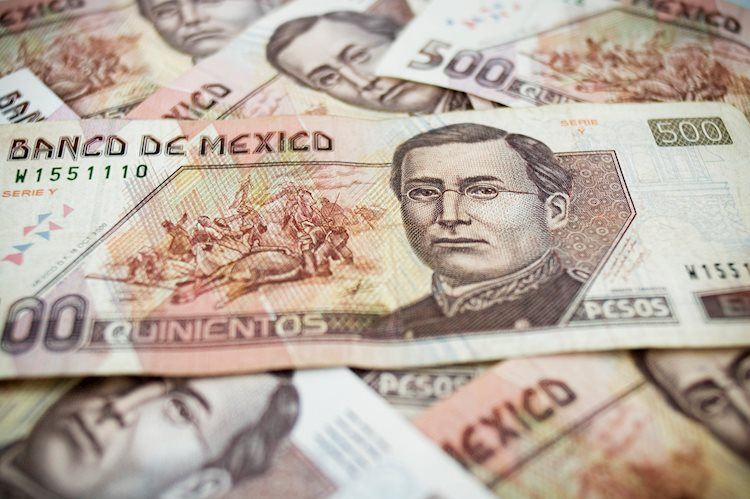The Mexican Peso hit a new yearly low of 18.19 against the US Dollar during the European session before retreating. This decline comes amidst softer US jobs data and below-estimate Durable Goods Orders, indicating economic slowdown. Mexican Finance Minister Rogelio Ramirez de la O reassured markets, emphasizing financial discipline and investment in an effort to calm financial markets after the Peso depreciated more than 4% and the Mexican Stock Exchange plummeted more than 6%.
The upcoming September is crucial for the Mexican Congress, as Morena’s majority could push bills that were previously blocked by the opposition, including reducing lawmakers and plans for the direct election of Supreme Court members. There are concerns that constitutional reforms could erode autonomous regulators and weaken checks and balances, potentially harming Mexican democracy. The Mexican currency has lost almost 5% in recent days, prompting concerns about potential institutional erosion and market unfriendliness.
Macroeconomic data releases are key to assessing the state of the Mexican economy and can impact the valuation of the Mexican Peso. A strong economy with high economic growth, low unemployment, and high confidence is positive for the Peso as it attracts foreign investment. However, weak economic data could lead to depreciation of the Peso. Mexico’s central bank, Banxico, aims to maintain inflation at low and stable levels by setting appropriate interest rates, with high rates generally strengthening the Peso and low rates weakening it.
As an emerging-market currency, the Mexican Peso tends to perform well during risk-on periods when broader market risks are low and investors are willing to take on higher-risk investments. Conversely, the Peso may weaken during times of market turbulence or economic uncertainty as investors seek out more stable safe-haven assets. Geopolitical trends and events, such as nearshoring decisions by firms or fluctuations in oil prices, can also impact the Mexican Peso due to their influence on the country’s economy and financial markets.
Technical analysis indicates that the USD/MXN pair is on the rise, with the pair breaking above the 200-day Simple Moving Average and gaining momentum to the upside. If the pair surpasses the psychological 18.00 figure, it could target the year-to-date high of 18.15 and potentially reach 19.00. On the other hand, a decline below 17.00 could open the way to test the year-to-date low of 16.25. Overall, market conditions, economic data, and political developments will continue to influence the performance of the Mexican Peso in the coming months.










